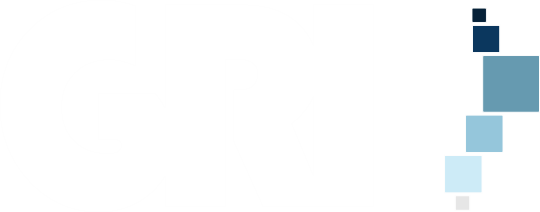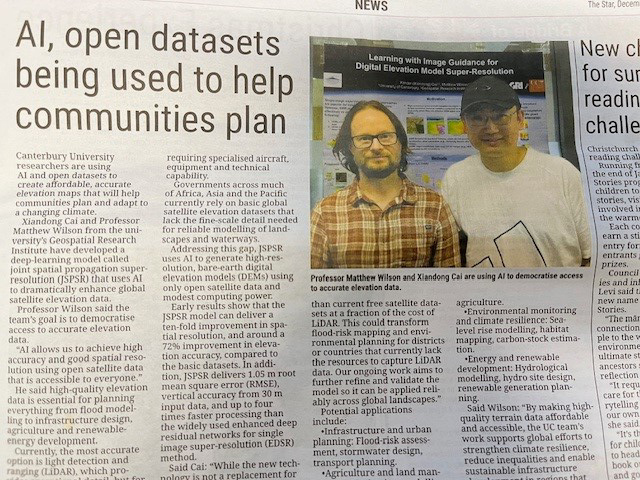Research team
Matthew Wilson (University of Canterbury)
Matthew Hughes (University of Canterbury)
Iain Gover (Te Rūnanga o Ngāi Tahu)
Jamie Ruwhiu (Te Rūnanga o Ngāi Tahu)
Luke Parkinson (University of Canterbury)
Martin Nguyen (University of Canterbury)
Duration
2024-2027
Funding
Ministry of Business, Innovation and Employment – MBIE Hīkina Whakatutuki
Project summary
Flooding is a widespread and impactful hazard, frequently causing damage to housing and infrastructure, disruption to communities and businesses, and risk to human life. It is expected to intensify in the future because of climate change through increased storminess coupled with urbanisation. However, stakeholders including Māori lack the detailed, wide-ranging scenario assessments needed for complex decisions regarding mitigation and adaptation, or the means to effectively communicate these to their communities.
We will deliver a novel digital twin (DT) for climate resilience, focussing on flood risk. The system will facilitate rapid, low-cost risk assessments with on-demand scenario analytics, and effective ways to visualise and communicate this risk and its associated uncertainties. With guidance from our Māori partners, the scenarios developed will ensure appropriate options are considered.
Physics-based DTs such as ours will revolutionise access to and use of numerical model predictions, through a “digital twin web” which is powered by rapidly growing data and distributed cloud computing. Yet individual components need to be built and tested to ensure they are fit-for- purpose, democratic and adaptive to society’s needs. Our research will enable this, initially in Aotearoa but with global applicability.
This strategic partnership consists of leaders in flood risk research, humanitarian engineering for hazards, infrastructure practitioners and Iwi leaders. Our team has successfully developed a prototype proof-of-concept DT which will form the foundation for this research. Our DT will remove barriers to flood risk assessment, greatly increasing the availability of information for resilience planning decisions. It will improve communication and understanding of flood risks, and enable communities to be better informed, prepared, and engaged in mitigation and adaptation.



